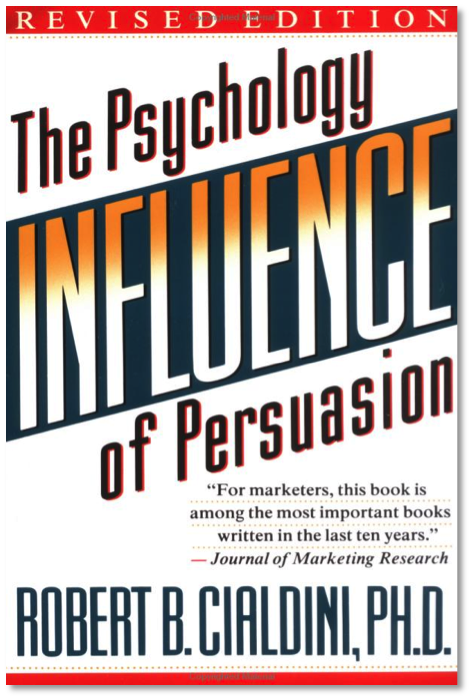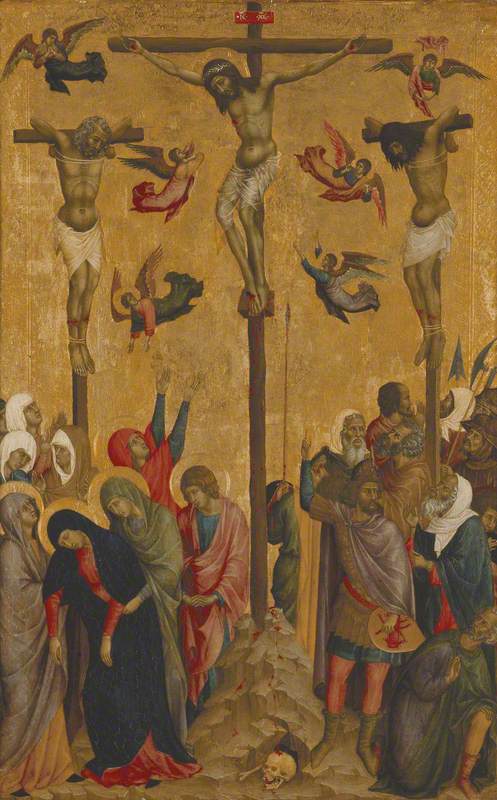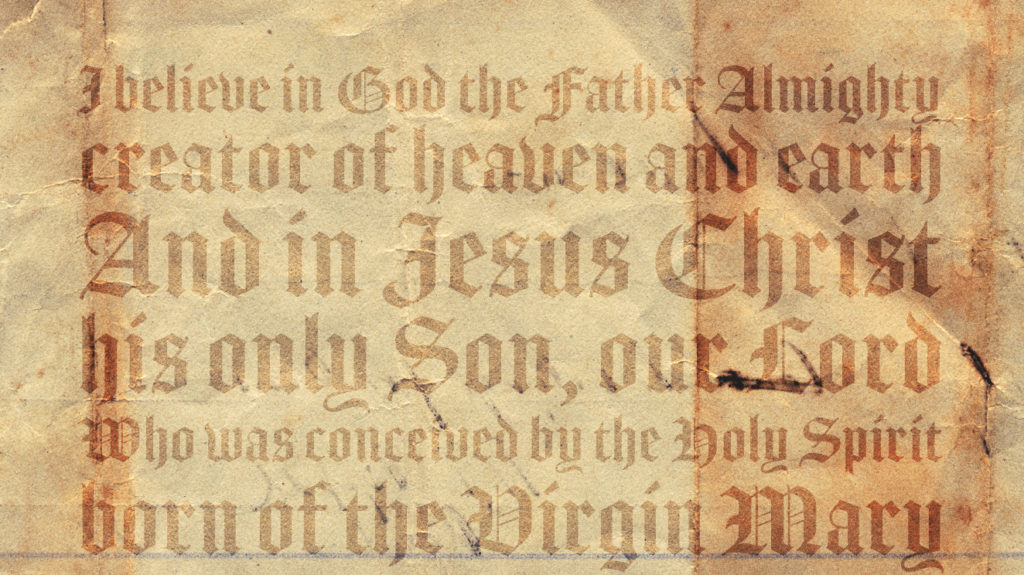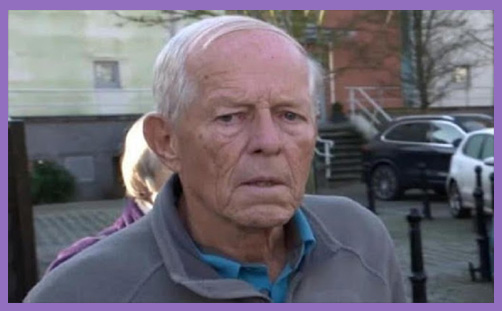
Three weeks back, I wrote about the financial settlement, announced by the Titus Trustees, with three Smyth survivors. My comments about the accompanying statement, issued at the same time by Titus, were that it was less than satisfactory. There was no real engagement with the pain of the survivors caused by Smyth either in Britain or in Zimbabwe. If the Titus Trustees believed that the announcement was going to give them a good press, they were mistaken. Among the observations made here on this blog, and elsewhere, was the fact that far more charitable money has been spent fending off the complainants and protecting Titus assets, than used on the actual settlements. In short, the charity trustees seem to have been most focused on preserving their wealth. The question about how they might most generously and charitably help victims and survivors of Smyth’s brutal activities, does not appear to have been asked.
In the last few days we have learnt of a further development in the story. The Rev Simon Austen, the Vicar of an active conservative Anglican parish in Exeter and Chair of the Trustees running the Iwerne camps, has relinquished the post of Chair and Trustee. This second piece of news is worthy of comment. Of course, the explanation for this resignation may be completely mundane. The demands of a busy parish may indeed mean that he does not have the time to give to the trustee work. But the history of Iwerne/Titus is such that it is hard not to speculate that an event like this has a deeper significance. The original Titus announcement about the survivor settlements was issued by press release on a Friday evening in Passion Week. We might wonder whether there was a hope that it would be overlooked. This second piece of information about Simon’s resignation was not the subject of any press announcement at all. His name as a Trustee simply disappeared from the website and on the record in Companies House it was stated that the this resignation had taken place on the 9th April, the day before Good Friday. Once again there seems to be an attempt to keep this news under the radar. A spokesman for St Leonard’s Church, Exeter stated that Simon had come to the end of an agreed period of office.
The Titus Trust are entering a very difficult period in their history. Apart from the announcement of the financial settlement a week previously, the Trustees are now apparently cooperating more freely with Keith Makin’s inquiry into the Smyth affair. Indeed, it is hard for them to refuse to do so now, since their excuse has always been the existence of a law suit now concluded. We still, however, have yet to witness any real expressions of enthusiasm for sharing information from this quarter. The one thing that the ReNew/REFORM/Iwerne constituency have proved to be excellent at is the keeping of secrets.
Why did Simon Austen really resign? We have no definite means of knowing anything beyond the official reason given. It cannot be a popular decision for him to have taken as far the Trust is concerned. It is hard to see who else is going to want to willingly occupy the position of chair of an organisation, now so much under scrutiny. Apart from Keith Makin’s enquiry, there is also a promised cultural review to be conducted by the trustees themselves. Unless the trustees have already determined what conclusions are going to be revealed ahead of time, these enquiries are likely to be less than comfortable for all concerned. The networks that intersect with Titus and Iwerne Trust before it, are crammed full of secrets and no one in that group will have any interest in revealing them. The story of Smyth’s activities and his downfall have been shown to implicate others who knew but did nothing.
The Smyth affair has never been just about one person’s evil proclivities. As I have claimed several times it is a story of institutional secrets, conspiracy to cover-up, tribal loyalties and corrupt behaviour by a range of people. Simon’s resignation may be one person attempting to distance himself from a leaky wooden boat which is rat-infested and taking on water. But from what I can gather, Simon, like all the members of the network, must know murky things about the past. This means that he cannot so easily walk away from the secret-infested culture of Iwerne/Titus of the past thirty years.
In my interest in power dynamics and my observations of the ReNew network, I have noticed that everyone taking a position of responsibility within the network has been promoted through a system of patronage. Like an old-fashioned mediaeval kingdom, the positions of power and influence are handed out to those who have been ‘approved’ by the ReNew leadership. This finds its centre in the main conservative parishes like St Helen’s in London. Past and present (and future?) chairs of Titus have all apparently received the stamp of approval from this leadership core within this powerful conservative wing of the Church of England. The power they possess consists of three strands. They have massive wealth which allows them to be financially independent of the Church authorities at the centre. At the same time the parishes in the constituency can threaten to withhold money from dioceses. They know that if that threat were ever carried out, it could cripple the work of an entire diocese. Secondly, they have the power of patronage, as has been discussed. Thirdly they have the power of being able to control information through strong tribal loyalties. Smyth’s and Fletcher’s misbehaviours were supressed for over thirty years. Even now, with all the information being revealed to the press and outside enquiries, the typical member of the ReNew network remains unwilling to share information even if he/she may have been a victim. Inquiries and investigations have still to reveal more about what happened in the past. Those who were the victims of Smyth’s and Fletcher’s behaviour continue to suffer because the full truth has never been properly told. The power of omerta is at work in this network and that power creates its own special flavour of evil. Do those with knowledge of evil actions in the past, as actors, witnesses or sufferers, not realise that their silence acts as collusion for something deeply toxic?
The resignation of Simon Austen and the lack of information about the true reasons may indeed be a matter of little importance. But, to judge by the way that the ReNew group behaves and keeps secrets which damage people, they have no right to expect to be believed by outsiders when they offer innocent explanations for the events that take place. Withholding information, as Iwerne/ReNew have consistently done over so long a period can be seen as an act of hostile and aggressive behaviour towards the innocent. When we finally see clear evidence of metanoia and open sharing of truth on the part of leadership of this ReNew constituency, then we will begin to believe that they are being honest with us. Until then, we will hold on to the thought that the only thing that seems really to interest them is their influence over others and their maintenance of their power within the church. The incubation of evils like that of Smyth and Fletcher has had the long-term effect of making the whole network appear toxic to the rest of the church. Can we really be blamed for that attitude, even if it is not completely fair?








